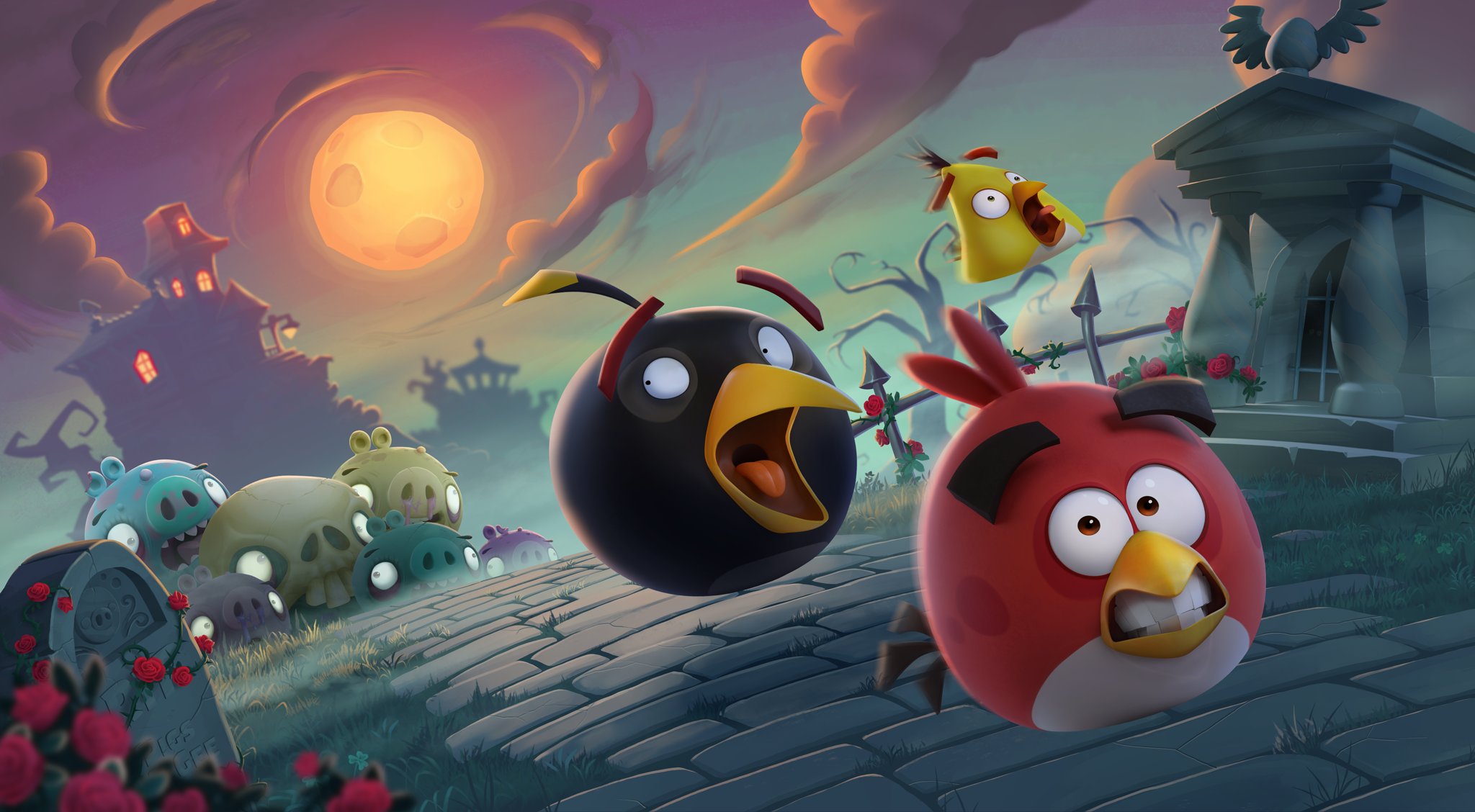
As the 2010s close, Redbrick Gaming looks at how the gaming industry changed in big and small ways, through the stories and figures that defined the decade
Crunch Culture – Ellen Hill
Crunch – the gaming industry’s buzzword of the decade. It’s used to describe the period leading up to a deadline during which developers put in extra hours to complete their project. It happens in every gaming company, big or small, for pretty much every game you’ve ever played. Many see it as a display of passion for gaming, others argue it’s an exploitative labour practice. The normalisation of crunch as standard practice for the creation of games has become a highly controversial topic, with claims that this excessive (and often unpaid) overtime has caused developers physical and mental health issues as well as problems in their personal relationships.
This decade kicked off with a high-profile open letter from spouses of Rockstar Games employees accusing the San Diego branch of poor working conditions due to persistent crunch cycles during the development of Red Dead Redemption. In this case, the spouses argue that employees were compelled by their managers to work continuous overtime, close to 12 hours a day, with little to no compensation or time for recuperation between deadlines. The additional stress from these extended 12-hour shifts had a severe effect on employee’s quality of life, with many experiencing symptoms of depression as well as other physical health concerns. The crunch culture at Rockstar also put a strain on family life according to these spouses, with the financial stress of deteriorating health where sick days are perceived as a hindrance to the company.
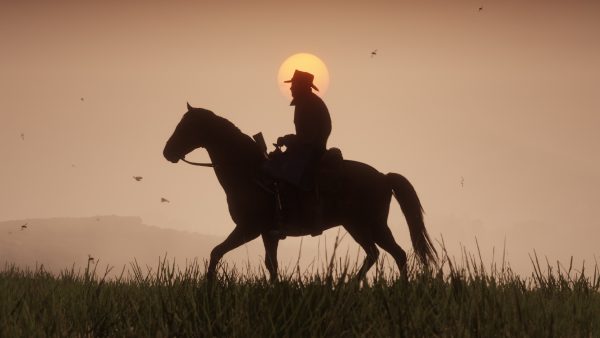
As the decade continued, more accusations from developers and other employees over long working hours or unpaid overtime at their studios. Rockstar Games was again involved, this time for intense crunch during the production of 2018’s Red Dead Redemption 2 with the co-founder himself boasted the 100-hour weeks the development team were working. Many criticised his statement, arguing crunch should not be seen as a demonstration of commitment or passion. Telltale Games, the creators of The Walking Dead, was also subject to controversy when after experiencing up to 80-hour weeks over 200 employees were let go after the company’s closure, with no severance pay. Many took to Twitter to complain about the abrupt nature of their termination when considering the “sleepless nights” they’d dedicated to the franchise’s development.
Now, with the proliferation of games as a service, the nature of crunch has changed significantly. When crunch is defined as intense overtime in the build up to a final deadline, what happens when the deadline is never-ending? The developers of Fortnite Battle Royale, a product of Epic Games, face consistent demands for updates, patches, and new content, many stating they regularly work 70-hour weeks and, while officially voluntary, not working overtime can cost you your job. In online gaming, high expectations of the company to continuously update, fix, and produce content provides additional stress for both executives and developers. This can create a more intense and stressful working environment in which employees feel compelled to put in unreasonable hours to push out the content expected. As one employee told Polygon – “Crunch never ends in a live service game like that.”
“Many employees still see crunch as mandatory
So, with crunch culture dominating the gaming industry over the past decade, what does it mean for the future? Well, it is possible that nothing could change. Crunch has become normalised to the extent many studios are reliant on the practice to develop video games. Day-to-day, an employee’s creative process isn’t consistent, and publishers can’t be sure that a game will be popular or successful until it’s playtested. Despite this, deadlines still need to be met to avoid exhausting financial resources, and many employees still see crunch as a mandatory demonstration of dedication in order to avoid losing their job. With all this considered, it’s possible crunch could remain a necessary evil in the working lives of those creating video games.
However, there have been developments suggesting that things could change significantly in the next ten years. The proliferation of crunch culture has prompted the formation of Game Workers Unite, an organisation that aims to promote the unionisation of the games industry. There are currently six game unions, across France, Finland, and the UK, and it’s likely more will follow in the coming years. The creation of gaming unions to tackle workers issues in the industry could combat the issue of crunch culture and have huge implications for the health and happiness of thousands of employees. However, it’s impossible to tell if crunch can ever be eliminated from the gaming industry completely.
Mobile Gaming – Sam Nason
There was a time where consumers and industry experts considered mobile the next inevitable destination for gaming. Inflated console prices and the creeping expense of individual games led some to believe the cheaper and more accessible mobile market was the one to corner – and with the App Store’s initial triumph at the end of the 2000’s, who could blame them?
Tap Tap Revolution; Pocket God; Angry Birds; Trenches; all games that saw immense success before the decade came to a close. Doodle Jump saw 15 million downloads across all platforms by 2011, while the mobile version of Plants vs. Zombies generated more than $1million dollars within its first nine days of being on sale. It would be natural to think portable gaming on the phone was the next (and most profitable) leap for the industry.
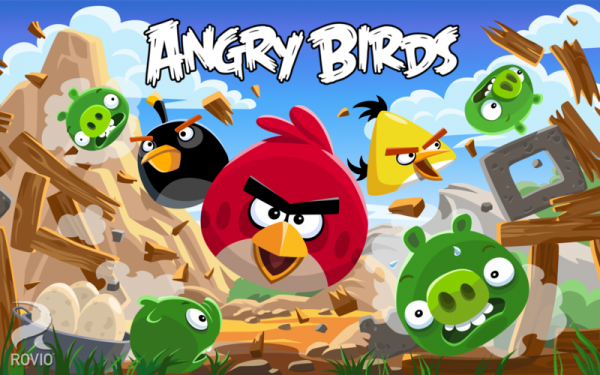
Throughout the 2010’s, the landscape of this market changed completely as companies scrambled to find the most successful mobile formula. The early years of the decade saw mobile ports of previous-generation console games become prevalent, their lower price often advertised alongside the cutting-edge and unexpected graphical capabilities the mobile platforms could deliver. Of most note were Rockstar’s Grand Theft Auto series, with III releasing on the App Store in 2011. Grand Theft Auto III was extremely sophisticated and impressive. It was available for $5, with virtually the entire game being playable despite some minor graphical downgrades. The prospect of an entire PlayStation 2 game on-the-go was utterly fantastic – yet from personal experience (and from many others I know who experienced Rockstar’s iOS titles) it didn’t maintain its appeal.
One reason for this may be the controller – or rather, lack of it. Larger game ports like this usually relied on virtual buttons placed on the phone’s screen – which meant half of the screen would inevitably be covered, whether it was from these overlays or your fingers pressing them. The lack of tactile response on mobile devices (whether that be vibration or simply rapid steering/button pressing) also felt less impactful – and just not right. More ports would be released throughout the decade – Bioshock, Street Fighter IV, Resident Evil 4, Wolfenstein – all with the same kinds of flaws. Clearly a new approach would have to be taken.
“The mobile market is one that will likely continue to flourish
It was instead developers who focused solely on mobile games who thrived. Throughout the decade, games like ZeptoLab’s Cut the Rope and Disney Interactive’s Where’s My Water? had been experiencing significant success. This could clearly be attributed to their simplistic concepts and the short playtime it demanded from the consumer each time they booted up the game, as well as their intuitive controls that didn’t require virtual buttons. As more and more simple games became prevalent on the App Store, it became increasingly clear something would have to change for big-name developers to make an impact on mobile devices.
Slowly, consumer-recognisable console mascots made their way to smartphones in games much more suitable for the pick-up and play characteristics of the platform. Sonic Dash, Super Mario Run, Rayman Adventures and Fallout Shelter are all mobile games that take advantage of its mobile nature while delivering a unique experience. Controls are constructed entirely around the device and the objectives of the game – whether passively time-based or directly completed in minutes – keep up with the demands of its player base.
While it’s false to say console-scale games don’t exist on mobile devices anymore, larger companies have finally figured out the most appropriate ways to have their most popular characters make the transition from TV to smartphone. The domination of the mobile market was not as simplistic as one may have expected a decade earlier – but its value certainly hasn’t decreased. With millions still purchasing games off the App Store and billions of dollars in revenue being produced from the marketplace, the mobile market is one that will likely continue to flourish and morph this decade and beyond.
Games As A Service – Alex Green
The last decade has been a period of monumental change economically for the gaming industry. This adaptation has manifested in how the games we play are made and how they are supported post-release. Few could have predicted how developers would treat their games post release back then and the scale of it. Alas, here we are, with the ‘games as a service’ model.
This business model is built on extending the lifetime of a game and the engagement with players by continuing to provide additional content and updates to games after their initial release. To say this is a new model is completely false. After all, companies like Blizzard were doing this in the 2000s with World of Warcraft so this isn’t anything new to players. What is new is the high quantity of titles utilising it. Make no mistake, the reason this model has become a calling card in the industry is based on the basic desire of gamers to test their skills. Atul Bagga, who worked for Zynga Games, discussed as much in a presentation at GDC 2011 as creating a finite game would result in players not being able to try new modes to improve their skill. The model isn’t completely economically driven, even if it can feel like it.
“Numerous games… have all found different guises for these systems
Despite this, from a development standpoint, there is more money to be made with this model. This has led to a proliferation in the last ten years of the model which has sewn itself into the very fabric of key franchises. Earlier in the decade, it began with basic downloadable content packages for games and the launch of the ‘season pass’, an item to buy access to all of these DLC packages before they had come out. Players could see the risk involved, but big-name players in the industry also saw the value of these for both their bottom line and the engagement for players. Games such as L.A. Noire and Mortal Kombat started this trend in 2011 and they have become increasingly used.
Of course, the other big way the industry has adopted the model is through the use of microtransactions. These have been implemented exceedingly and with far more controversy. There is endless debate around their domination of various games and genres, with the obvious application being that of loot boxes. Loot boxes have become an increasingly easy way for studios to implement microtransactions and numerous games from Overwatch to Apex Legends, Fortnite to FIFA, all have found different guises for these systems.
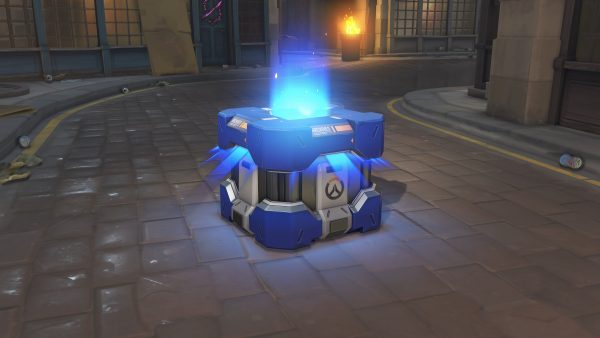
These have come under increasing scrutiny for their perceived equivalence to gambling with Holland and Belgium taking steps in 2018 to ban loot boxes due to various reports of children spending money on these loot boxes. On top of this, the systems have come under fire for locking players out of content already in the game. Consider EA’s Star Wars: Battlefront II which faced criticism for huge amounts of content being locked behind paywalls. It lead to reddit’s most down-voted post in history with EA desperately defending their approach. Electronic Arts has been a key supporter of these despite their criticism, with Vice President Kerry Hopkins even equating them to Kinder Eggs in 2018.
We could very well see loot boxes being shunned by developers moving forward as further opposition comes from the gaming community and even worldwide governments. However, numerous big franchises and plenty of players use it, but one has to wonder if these players will grow weary and look to other, simpler and less costly games. Only time will tell.
Killing Games – Kieren Platts
Picture the scene: It’s October 30th 2013, and the RTS BattleForge by Electronic Arts is in your library. You’ve poured in dozens of hours and you’ve beaten the single-player campaign. You’re so good, that you are able to beat some of the 4-player maps on your own. You don’t tend to play online, but since the game is entirely playable, beatable, and enjoyable on its own, the fact that the game is online only is slightly odd. Yet, it hasn’t affected you significantly, so you let it slide. You finally beat another map, read up on some of the new lore you’ve been given, and are stoked to use these new units you’ve just earned when you play tomorrow.
Then on October 31st 2013, BattleForge shuts down with no way to play it ever again. There had been warning, admittedly, but surely they had just meant the online modes, which make up about 10% of the game. Why on earth would they render the entire game unplayable?
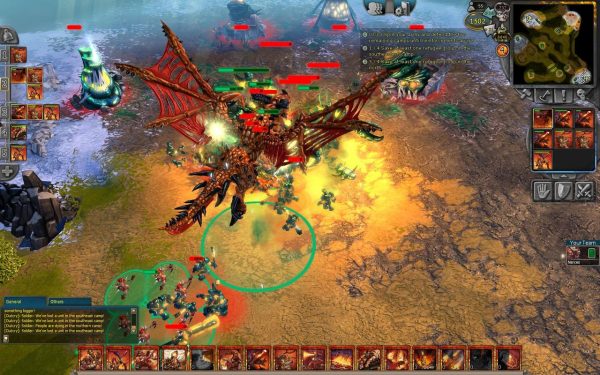
The 2010s brought in a trend that still manages to go under the radar, which is killing games. Essentially, any game requiring online functionality is potentially on the chopping block at some point down the line. Spinoff of Spore, 2011’s Darkspore was a single player game with a few multiplayer options, and featured a lengthy campaign and story. In 2013, EA briefly shut down Darkspore and declared it “an abandoned title”. Within the same day, EA retracted those comments, dumped the comments on a forum moderator, and stated that the game will still be supported. In December 2015, this time EA ‘announced’ Darkspore’s closure on March 1st 2016, on the Darkspore forums and nowhere else. Games media hadn’t even noticed until it was nearly too late. On the now-defunct Darkspore forums EA writes:
“While it can be hard to say goodbye, keep in mind there are tons of awesome games available for free on Origin”.
An EA aren’t the only offenders. Many studios engaged in the practice with some of them shut down less than a year after release. This practice won’t stop, either. The advantages of continuing to support and sell older games outweighs the speculative advantage of not having to keep servers running, and hoping your customers are buying the newest iteration. Call of Duty alone proves that theory wrong. The true reason you will not be able to play Ubisoft’s The Crew one day can be discovered in Ubisoft’s forums. Upon someone asking whether the game will still be playable after servers shut down, community manager Natchai_Ubisoft had this to say: “that is still a long way out and not something I think that has been thought of yet.”

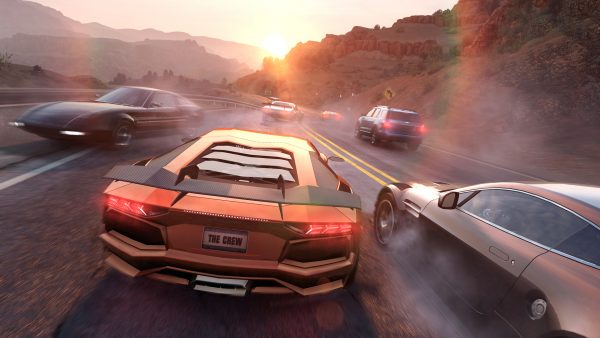
The legal case, of course, is as grey as ever. The EULA (End User License Agreement) will often claim that the game company has a right to shut down and do whatever they like with their software but these documents have no legal binding. Multiple legal cases touch upon the subject, however, in court the issue is essentially untested.
So, what are the solutions? Ross Scott of Accursed Farms may have it right. In his video Games as a Service are Fraud, the minimum requirements are any one of the following: Patch the game so that it can be run without a company server (look at Quake as a great example), release the source code so that the community can fix the game themselves, or provide decryption methods for players. Either that, or refund your customers, which isn’t really a solution but at least is honest. The games industry is a modern behemoth. It seems natural that they can get away with whatever they want. But there is no reason that companies have to render our games unplayable.
Fan/Developer Interactions – Tom Martin
Over the past decade we’ve seen various ‘clashes’ between the two sides – consumers against the media and developers. These clashes have been anywhere in scale between the general bite you can find day-to-day in the comments of a developer’s twitter posts, to the larger scale toxicity of gamergate. These are two different issues but are examples of how this fan aggression exists on a micro and macro scale, and both play a role in how the relationship between fans and the industry is formed.
“Relations have not always been so sympathetic
There seems to have been great strides in terms of fan/developer relationships over the past decade, a glibly shining example is the majority positive reaction to the recent delays of the Final Fantasy VII Remake and Cyberpunk 2077. The delay of the latter, one of the most hotly anticipated games of this console generation, would perhaps once upon a time have sent a more fragile section of fans spiralling into rage. However, as mentioned, the overall reaction seemed pretty positive with most citing a want for developers to maintain a healthy life/work balance and avoid needing to ‘crunch’ – work exceedingly long hours as is common in the final months of a game’s development – to get the game done. Whilst CD Projekt Red acknowledged in an investor Q&A that crunch will still ‘unfortunately’ be part of Cyberpunk’s development, the idea that fans were ready to see a game pushed back months for the sake of developers’ was a nice one.
Relations have not always been so sympathetic to the plight of developers. Harken way way back to august 2019, when Glumberland, the developers of the cute-looking creature farming sim Ooblets, had just tentatively announced they had agreed a timed exclusivity deal with the Epic Games Store. In return for a period of exclusivity, the team of two received “a minimum guarantee” on sales. A total that matches the amount the team would hope to reach if they were to sell across all online storefronts. This is a potentially life changing deal for a smaller developer whose main concern isn’t whether Keanu Reeves is looking as breathtakingly real as he looks in real life, but instead whether you’ll be able to have the lights on next week. Alas, however, the reaction of some individuals was vitriolic, and the developer claimed to have received ‘tens of thousands’ of hateful messages ranging from death threats, to antisemitic attacks.
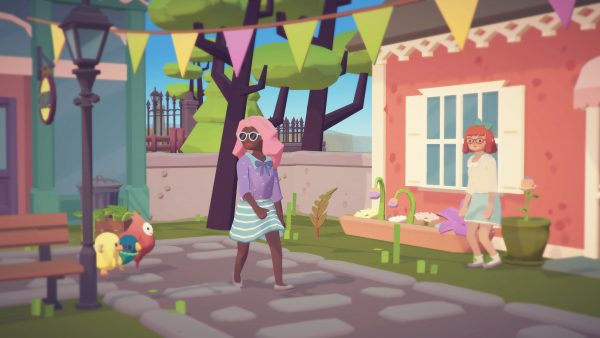
When writing this piece, I intended to compare these two examples as just how much things have changed over the years, but now I realise they were the same year. It’s clear we still have a ways to go to healing this perceived divide between fans and developers. So, as we move full steam ahead into the twenty-twenties, it is time fans learn to care for the industry – or, at least the people within it – with just a hint more sympathy, lest you drive out those creatives that are pushing the boundaries. Know that behind every lovingly crafted pixel in your favourite game is a human that lovingly crafted it.
The Key Numbers From The Decade:
£170m – GTA V’s overall marketing and production budget
$1790m – The prospective worldwide market revenue of Esports in 2022
$10m – Riot’s payment to settle a class-action gender discrimination lawsuit against them in 2019
$25.7m – Money raised by charity speedrunning organization GDQ as of 19/01/20
2285 – The number of Active Games companies in the UK
£5.7bn – The Market Value of UK Games Industry (as of 2018)
Check out more interesting articles from Redbrick Gaming below:
Redbrick Picks: Game Of The Decade
Comments